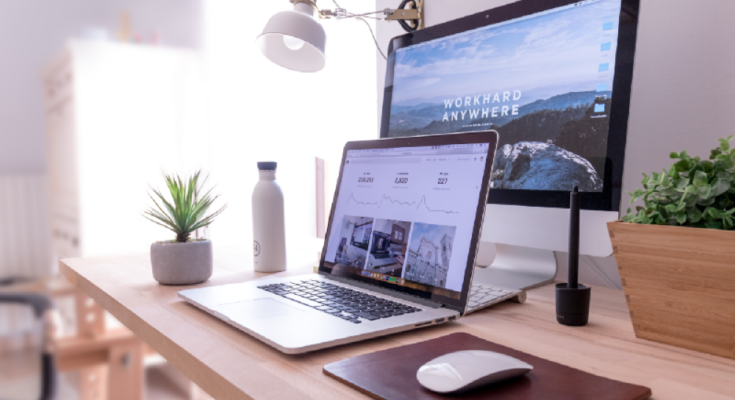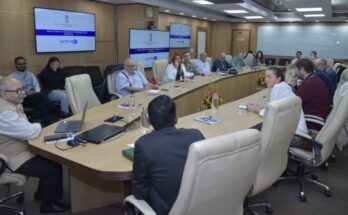By Jayajit Dash
Digital Minimalism: There’s more to minimalism than decluttering physical things. We have to declutter our digital distractions too.
Recently, digital minimalism has been gaining traction, as more people become aware of the potential downsides of our ever-increasing reliance on technology. In digital minimalism, you reduce or eliminate the time you spend on digital devices like phones, tablets, computers and other gadgets. This is about taking back control over how much time we spend online and limiting our exposure to digital stimuli. This will enable us to focus on meaningful activities offline and online.
Cal Newport’s book “Digital Minimalism: Choosing a Focused Life in a Noisy World” popularised the idea of digital minimalism, which has been around for decades. Newport argues that we should focus on quality over quantity when it comes to our digital lives. By reducing our time online, we can achieve greater peace of mind and better relationships.
It’s not about eradicating technology from our lives; rather, it’s about utilizing it more purposefully and deliberately. We should be mindful of how much time we spend online and what we do there. Taking the time to figure out which apps are essential for us to use often, which ones are helpful but not essential, and which ones can be eliminated altogether is critical. The idea of digital minimalism also encourages us to be conscious of how we use technology and to think about whether our digital habits are good for us or bad.
Here are some examples of digital minimalism:
- Unsubscribe from emails that aren’t important or relevant.
- Limiting time spent on social media or deleting accounts
- Turn off notifications on apps and websites
- Setting limits on online activity, like checking emails once a day
- Enjoy more time outdoors, with friends, or in other activities to take a break from technology
- Avoid aimless scrolling on the internet by focusing on meaningful and productive activities
- Ask yourself if technology is necessary or helpful before using it
- Decluttering digital files, like photos, emails, documents, etc., to make them easier to find
The Big Boys are already doing it
There are a lot of big companies embracing digital minimalism, like Microsoft, Apple, IBM, and Google. To reduce their digital footprint and create a better user experience, these companies have implemented various strategies. Take this for example:
- Microsoft has a “less is more” approach to its products, focusing on quality and simplicity.
- Apple redesigned MacOS Big Sur with a cleaner desktop interface and streamlined navigation to make it easier to use.
- IBM has several initiatives around Digital Minimalism, like the Smarter Workplace initiative, which focuses on removing distractions from the office so employees can concentrate.
- “Material Design” is Google’s updated user interface that focuses on clean, simple design.
Rebooting the ‘digital’ you
Setting specific goals for your online activity is one way to find success with digital minimalism. Someone might decide to only use social media for an hour a day, or not check email after 9pm. Goals like these keep us accountable and make sure we’re using technology effectively. Keeping track of how much time you spend on the internet is another key element of digital minimalism. Some content may offer valuable information, while others may be time-wasters. By assessing what content you’re consuming and how much is necessary, you can better manage your online time and make sure you’re getting the most out of it.
Finally, digital minimalism isn’t just about reducing our reliance on digital devices; it’s also about spending more time with family and friends. Rather than scrolling through social media feeds or playing video games for hours on end, we should spend our free time having meaningful conversations and activities with the people we care about.
Phygital future with boundaries
We all rely heavily on technology in our daily lives, so digital minimalism is critical. We need to be more mindful of how we use our devices, and make sure we’re using them for the right things. We can improve our mental health and improve our relationships by limiting our online time. People are increasingly looking for ways to limit their technology use and reduce distractions as they become aware of the potential negative impacts. The idea of digital minimalism helps people create intentional boundaries around their digital activities and focus more on the things that matter.
(Photo by Domenico Loia on Unsplash)




